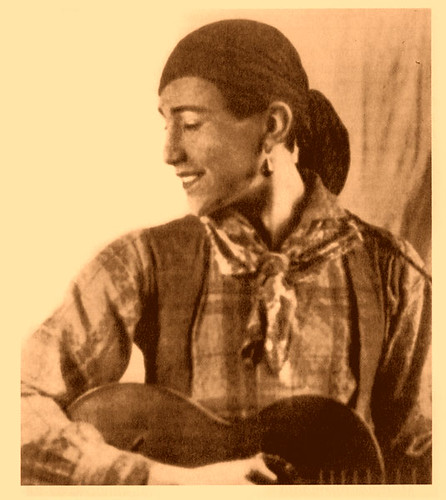One of the most popular comics in Finland was the homemade "Junnu", written by Veli Giovanni (humour editor of the popular weekly Suomen Kuvalehti) and drawn by Alexander Tawitz and Poika Vesanto (who introduced speech bubbles)and later by Arnold Tilgmann. The following page is an example of A. Tawitz's artwork from 1929. It's a meta comic discussing readers' opinions of Junnu's personality - should he be nice or naughty?

Junnu, the protagonist, was a young man with a prominent nose and an eternal crush on the pretty Alli. Nice guy Junnu's everyday adventures recycled some ancient comic strip themes: his awkward attempts at romance would annoy Alli, which gave the dandy rival Tip-top-Olli an advantage. Junnu's little helpers, the mischievous twins Niku and Naku, would often cause more shenanigans. The Junnu stories are like a realistic version of Donald Duck's triangle drama, of course created many years earlier.
Junnu appealed to both children and adults. Junnu merchandise included a china set, a toothbrush set and tableware.
Junnu strips have been republished in the anthology Laikku 05 - Kotimaiset kuvasarjat 1900-1945. (Review in Finnish)


















